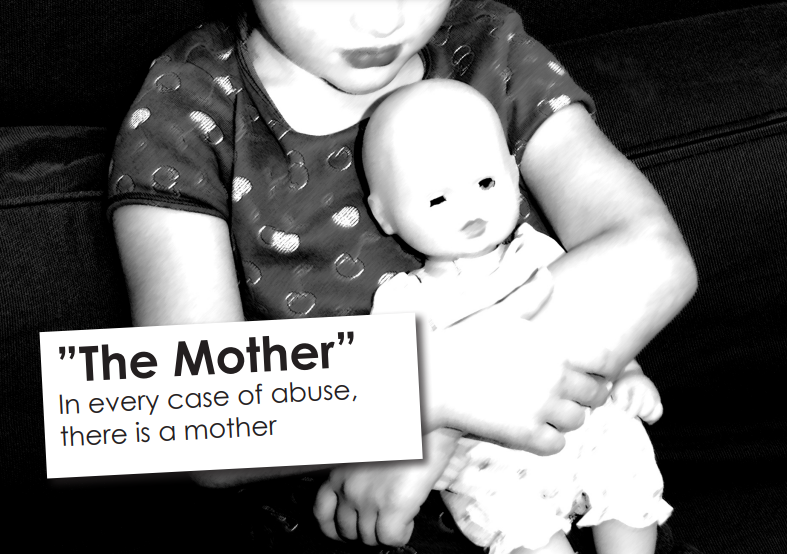In my A Game Per Year project, my goal has been to read one roleplaying game corebook for every year they’ve been published. However, I soon started to feel that it was hard to decipher how the games were really meant to be played. For this reason, I decided to start a parallel project, An Adventure Per Year, to read one roleplaying adventure for each year they’ve been published.

The Mother (In every case of abuse, there is a mother) is a Jeepform scenario about child abuse and the people who enable it and cover for it. The mother of the title is both literal and figurative. Literal in the sense that the scenario consists of scenes where the mother covers for abuse perpetrated on her daughter by her husband. Figurative in the sense that she stands for everyone who’s silent assent helps perpetuate these crimes.
The scenario continues the Jeepform trend of making games about the most awful subjects possible. When I think about the subject matter of the game and how it’s designed, it feels both very much in synch and totally out of synch with 2021. The theme of how abuse happens with the silent assent of others is timely but the in-your-face approach where the design asks the players to play through this process scene by scene is just absolutely brutal in a way that no amount of X Cards can cover for.
As a scenario design, the game is pretty simple. One distinctive feature is the asymmetrical character design. One player is the Mother, the focus of the game. Another plays various support characters, the people the Mother is talking to in any given scene. The third player is both the dad and the daughter, playing the abuser and the abused. The third player doesn’t really interact with the scenes directly. Rather, they run their own show on the side, informing the denials and covering up that happens between the two other players.
In this sense, the scenario almost felt like a structured stage play. The full impact occurs thanks to the meta level, not at the level of the characters.